an editorial supplement to The Grocer
Natural complement
The position of Ireland is not simply one of an external supplier to the UK. Its companies make up a processing and trading bloc that dominates the UK beef industry. Mike Ingham reports
Great grass makes great beef. This gem of copywriting craftsmanship provoked mixed reactions among the Irish meat industry's British customers decades ago, and its ability to do so today highlights the perplexing combination of continuity and upheaval in the market.
Images of cattle grazing Killarney pasture did tempt Kensington shoppers way back in the early 80s, and the Irish promotional message was admired as one of the first successful attempts to exploit the developing awareness of food quality and production issues at the top end of the British consumer market. The weakness noted by critics then was the contrast between the sophistication of the retail customers that Ireland's industry tried to attract and the backwardness of its own supply infrastructure.
Reality for most trade customers was the erratic arrival at Smithfield of Irish sides by the lorryload, with little evidence of sensitivity to market tone. Ireland was regarded as a weak seller of inconsistent quality beef and, as a predictable consequence, an Irish stamp on a carcase usually deflated the price.
Today the legacy of soft Irish pricing remains visible, but is less meaningful to wholesale and retail traders than to British cattle producers frightened by the competition. From the perspective of the multiples or major processors in this country, Ireland's beef industry is a sophisticated, self-disciplined supplying entity with a commercial and investment shrewdness. Much the same can be said of the Irish pigmeat sector, though it has tended to attract less attention in Britain.
This country's total beef consumption is now slightly under a million tonnes annually, of which imports account for roughly 20%. Ireland provides about half the overseas sourced tonnage, giving the impression that the Irish exporters' role in the market here is much the same as in pre-EU days or even a century ago when the British industrial economy sucked in huge volumes of meat from all over the world.
However, concentration of retail power into the supermarket sector, with the associated consolidation of the wholesale and processing supply base and shortening of the distribution chain are the most obvious changes.
Similar, though slower, evolution is taking place in further-processing, foodservice and catering.
Ireland's beef industry has participated to a surprising extent in this restructuring of its major export market. Companies owned or based in the republic (and in Northern Ireland) have become a processing and trading bloc dominating the UK beef industry, including the home kill, with the consequence that it is difficult to regard Ireland as a truly external supplier.
Anglo Irish Beef Processors, owned by the legendary Larry Goodman, has been one of the most important shippers of beef from the Republic to Britain. But another of his companies, Anglo Beef Processors, is the biggest slaughterer and cutter of cattle in this country.
Similarly, Dawn and Kepak have evolved from being merely important exporters from Ireland to Britain. Both are now also key operators in the British slaughtering sector (Kepak with a significant role in the sheep industry here).
The dual role of the republic's industry as an outside supplier to and a leading participant in the British beef sector gives physical dimension to an ambiguity in the relationship between the Irish companies and their retail customers here. "Ireland is the natural complement to the British beef industry," says Michael Murphy, London manager of Bord Bia. "Our systems are the same and our breeds are the same. We both produce grass-fed beef, which is what the customer wants. The UK will have a natural deficit of beef over the next few years, and Ireland is the logical supplier."
The implicit message is of Ireland as an overseas supplier, but not in the same sense as Argentina, for instance, or Australia. And this is evidently how the consumer interprets the relationship. Research commissioned by Bord Bia has revealed a relatively low consumer awareness of the Irish beef proposition, although the image is positive.
Today the status of the Irish Republic's beef industry in relation to the British market must be looked at in two ways: first, as a large but neat external supply structure, just four companies (AIBP, Dawn, Kepak and Galtee) providing about 80% of the heaviest imported beef trade flow into this country; and second as a discreet but powerful group of investors influencing the total market throughout the British Isles.
And that is not the end of the story. The increasing prominence of names such as Dungannon, Linden and Foyle in the mainland British market reflect Northern Ireland's role as distinct from the republic's, but closely associated and complementary, suggesting the most accurate interpretation is the industries on the sides of the border in what Bord Bia calls 'The Food Island' have become the power base of the UK beef processing and marketing sectors.
{{}}
Close menu
- Home
- Retail & Wholesale
-
Products & Suppliers
- Back to parent navigation item
- Products & Suppliers
-
Product Categories:
- Back to parent navigation item
- Product Categories:
- Alcoholic drinks
- Bakery
- Cereals & breakfast
- Cheese
- Chicken & poultry
- Chocolate
- Confectionery
- Crisps, nuts & snacks
- Dairy
- Fish
- Fresh produce
- Frozen
- Household
- Meat
- Own Label
- Sauces & condiments
- Seasonal
- Soft drinks
- Vaping
- Vegan & plant-based
- World foods
- Suppliers
- People
- Reports & Data
-
Topics A-Z
- Back to parent navigation item
- Topics A-Z
-
Popular topics:
- Back to parent navigation item
- Popular topics:
- Cost of living crisis
- Crime
- Deposit Return Schemes
- Finance
- Government & Regulation
- Health
- Inflation
- Loyalty
- Marketing
- Mergers & Acquisitions
- New Product Development
- Sourcing
- Supply chain
- Sustainability & environment
- Technology
- Ultra Processed Foods
- Vaping
- A-Z all topics
- Content by type:
- Events
- Ask iA (beta)
- Subscribe now
Sign in to comment on this article
Not logged in before? Register for FREE guest access today.
You will be able to:
- Read more stories
- Receive daily newsletters
- Comment on stories
Advert








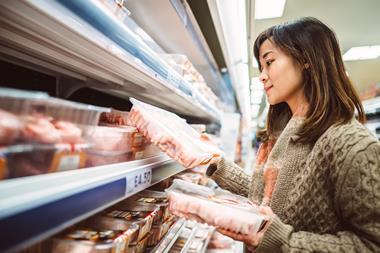

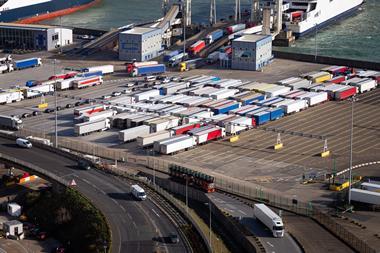



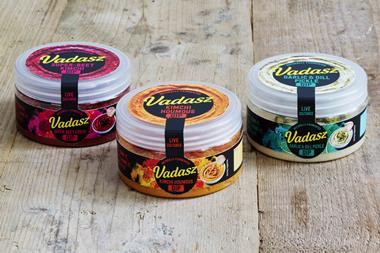
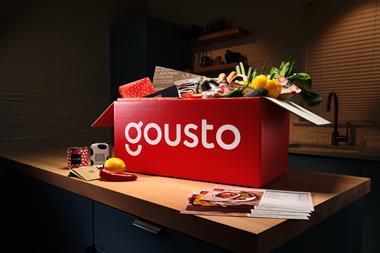
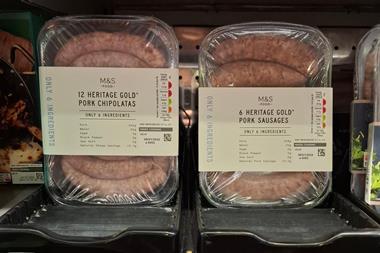
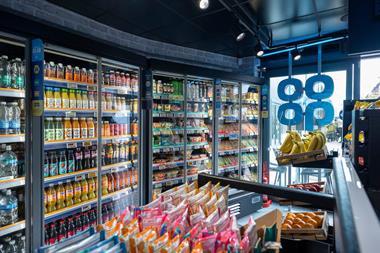
No comments yet